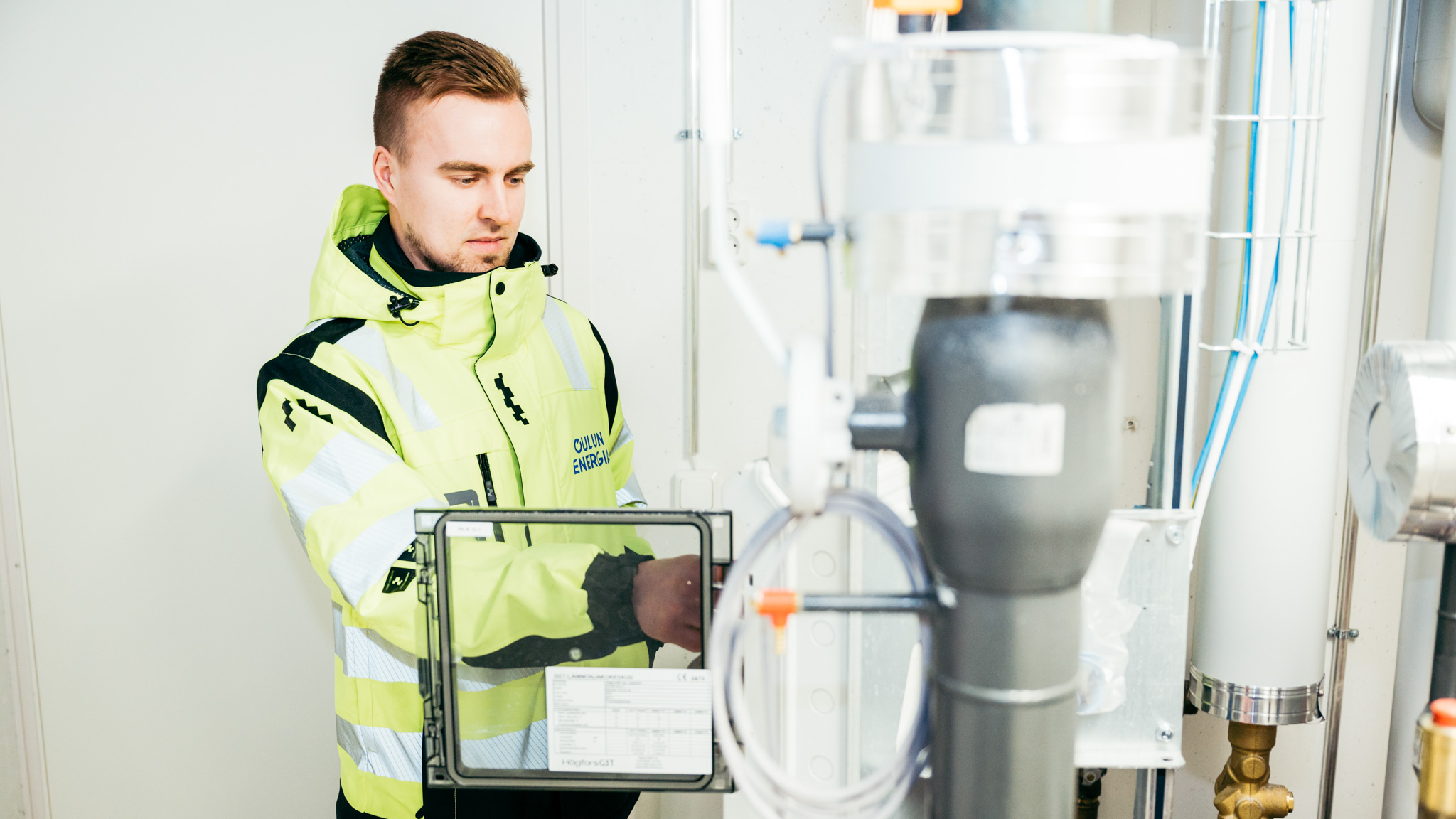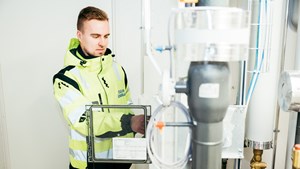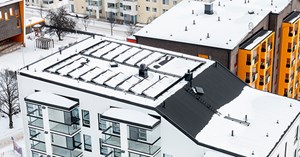Heating substation maintenance saves both time and energy!
Maintenance of a district heating substation saves residents money. When the equipment works as it should, energy doesn’t go to waste. District heat itself is a carefree choice since it doesn’t actually require the residents of a property to do anything. However, there are a few things residents should know about their heating substation.
“It’s useful to know roughly what equipment the heating substation consists of and what the purpose of each device is. At the very least, you should know the location of the property’s main shut off valves, i.e., the district heat shut off valve and main water shut off valve,” says Sami Karjalainen, heating services HPAC engineer at Oulun Energia.
Karjalainen often hears that it would be better not to touch the district heating system or its controls at all. He himself encourages customers to learn about their system and how it works.
“The control functions of newer heat distribution systems in particular are clear. Some controls also warn users that they are perhaps making the wrong choices,” Karjalainen assures.
 Sami Karjalainen heating services HPAC engineer at Oulun Energia.
Sami Karjalainen heating services HPAC engineer at Oulun Energia.
Chilly indoor air or abnormal domestic water temperature indicates a fault
A district heating system has a operating life of 20–25 years. Rather than infinitely repairing a system that has served faithfully for years, it is more sensible to replace it with a new one with better technology and is more energy efficient. System faults are usually noticed when a home feels cold or when the domestic water temperature is not as it should be. The most common reason for a cold home is because of the pressure of the heating network is too low.
“It’s always worth checking the pressure ahead of the actual heating season and also regularly during the heating season,” Sami Karjalainen advises.
A district heat temperature differential, for example, indicates a fault in the system. Temperature differential means the difference in district heating supply and return water temperature. When the equipment works as it should, the supply water reaches the property from the district heating power plant, circulates in the heating system and returns cooler through the return pipe back to the plant for reheating. The bigger the temperature differential, the better the heating system works.
"When there is a poor temperature differential, the water flows through the system and returns without releasing energy,” says Karjalainen.
The Heating Guarantee is a district heat guarantee for detached houses and housing cooperatives
If monitoring district heating seems challenging, Oulun Energia’s Heating Guarantee is here to help. The Heating Guarantee monitors the functioning of district heating systems for the customer. The Heating Guarantee also includes free maintenance and repair work between 7–15 on weekdays.
“The Heating Guarantee is intended for all district heating households, from detached houses to housing cooperatives, and has a large number of customers from both groups,” Sami Karjalainen says.
The Heating Guarantee is an excellent alternative if you're not familiar with heating system maintenance or learning about it seems too challenging.
“The Heating Guarantee uses analytics to monitor consumption at the site. Based on the information obtained from analytics, the Heating Guarantee can reveal faulty equipment,” Sami Karjalainen says.



